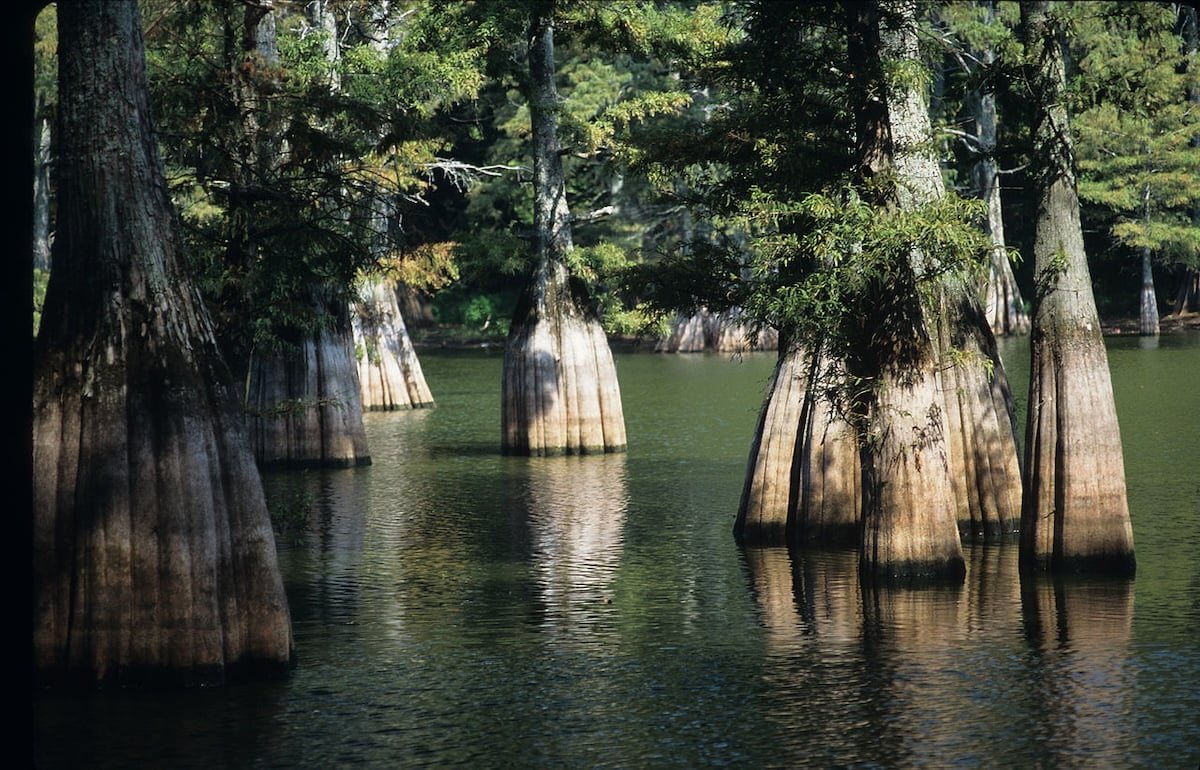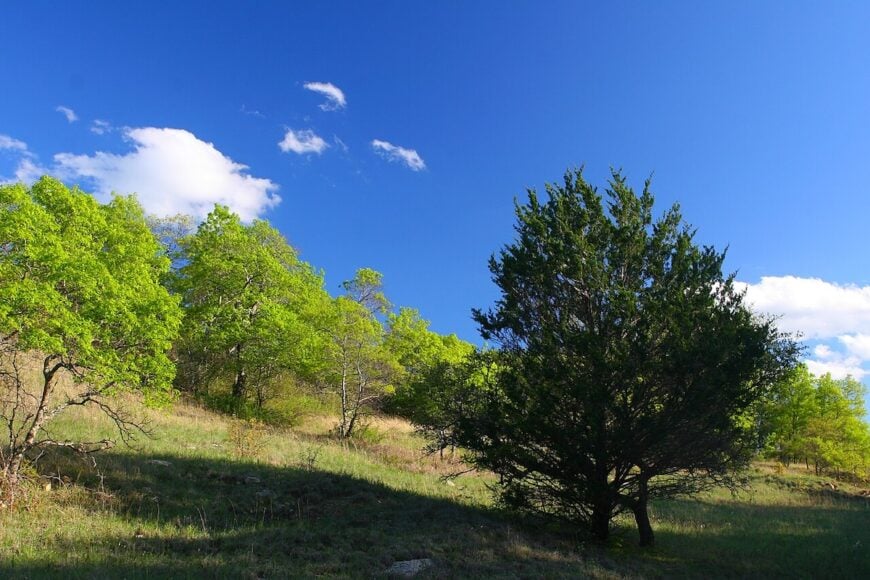
Some places seem to hold their breath at the edges of maps, inviting only those who know where to listen. In North Texas, these hidden hamlets tuck themselves into gentle folds of prairie and woodland, as though they prefer whispered greetings over neon welcome signs. You might find one nestled in a pocket of the Cross Timbers, where oak and blackjack oak lean into whispering grass; another sits behind a stand of cedar, its dusty main street curving alongside a lazy creek.
These towns wear a quiet confidence—rooted in routines that rarely change, unchanged by the rush of highways or the glare of big-box signs. In Saint Jo, century-old brick buildings cradle Sunday-morning kolache rituals; in Valley View, limestone cliffs stand guard beside the meandering Brazos River. Each place feels intentionally still, as if inviting you to slow your steps and tune your ear to cicadas and cattle calls.
You’ll meet folks who greet you like long-lost neighbors and share stories passed down through generations. They’ll point out the unmapped trail to a wildflower meadow or the bend in the road where the windmills sing at dusk. Here, hidden farms spill into open fields, and forgotten schools become canvases for murals celebrating all that endures.
These 25 secluded towns are quiet in spirit yet generous in welcome. They remind you that solitude can feel like comfort, and that being off the beaten path often leads you right where you belong. Come discover the calm heart of North Texas—uncharted, unhurried, and waiting to share its secrets.
25. Era: Whisper of the Prairie

You slip into Era like a soft breath across waving grass, where the pulse of small-town life beats in time with the wind. Fewer than 200 residents call this crossroads home, and you’ll find no neon signs—just a lone general store doubling as a gas station, its windows fogged with stories shared over cold bottles of soda. As you wander past weathered barns, the afternoon sun fractures into a watercolor of muted yellows and greens, coaxing you into a relaxed rhythm.
Evening in Era is a private affair: mesas of mesquite silhouette against bruised-purple skies, and the first stars pierce the twilight just as bats flit overhead. You’ll settle beneath an ancient oak, feeling the land’s quiet hum in your bones. Come spring, wildflowers carpet the pastures in bursts of blue and gold; you roam unfenced fields, pausing only when the breeze tugs at your shirt sleeve.
In Era, solitude isn’t an absence—it’s the presence of open space cradling your thoughts. Whether you’re sipping coffee on a cracked wooden porch or tracing tire tracks down a gravel lane, you’ll find that time here stretches luxuriously.
Where is Era?
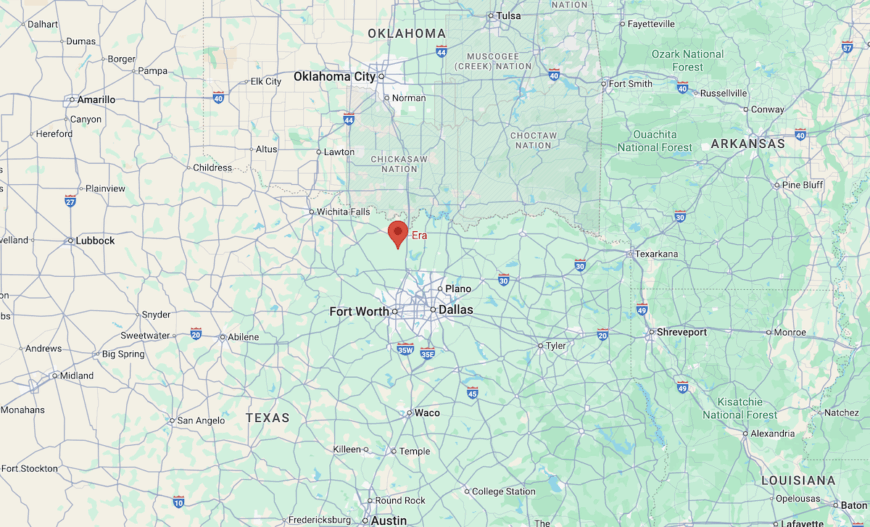
Era lies in Cooke County, about 60 miles north of Denton and 25 miles east of Gainesville. You’ll follow Farm-to-Market roads that unfurl through rolling fields and scrub oaks until the town’s simple silhouette emerges.
Cell coverage fades as you near, so fill your tank and pack provisions. Once you arrive, you’ll discover that being off the map is this town’s greatest luxury.
24. Saint Jo: Forgotten Frontier Sanctuary
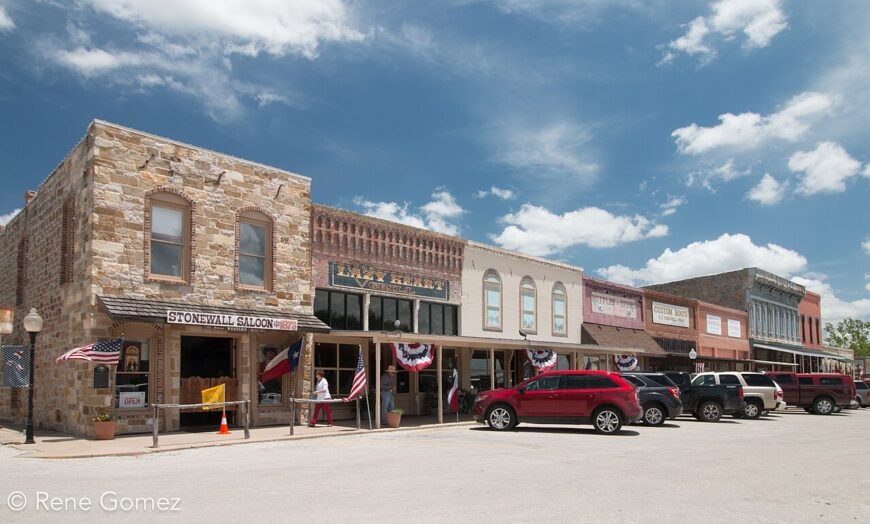
Saint Jo greets you like a stanza in an old cowboy ballad—its red-brick courthouse presiding over a handful of streets, vintage pickups idling where traffic lights should stand. Roughly 1,700 people call this Montague County square home, yet it feels whisper-quiet, as though the land itself chose to hush. You’re drawn to Main Street’s weathered façades: a café pouring kolaches fresh as sunrise, an antique shop alive with booted leather and dusty spurs, and an opera house still crackling with the ghost of applause.
In the park, buttressed oaks arc over a creek, creating the perfect nook for an afternoon read. At dusk, cinnamon-orange horizon light filters through wild sage, and the old church bell tolls, carrying its echo across empty backstreets. Here, you wander at a pace set by the tumble of creeks and the flight of migrating birds.
Saint Jo doesn’t court crowds—it preserves its frontier heritage. You’ll find camaraderie at livestock auctions and Friday-night games, where everyone knows your name and newcomers are greeted like long-lost kin.
Where is Saint Jo?
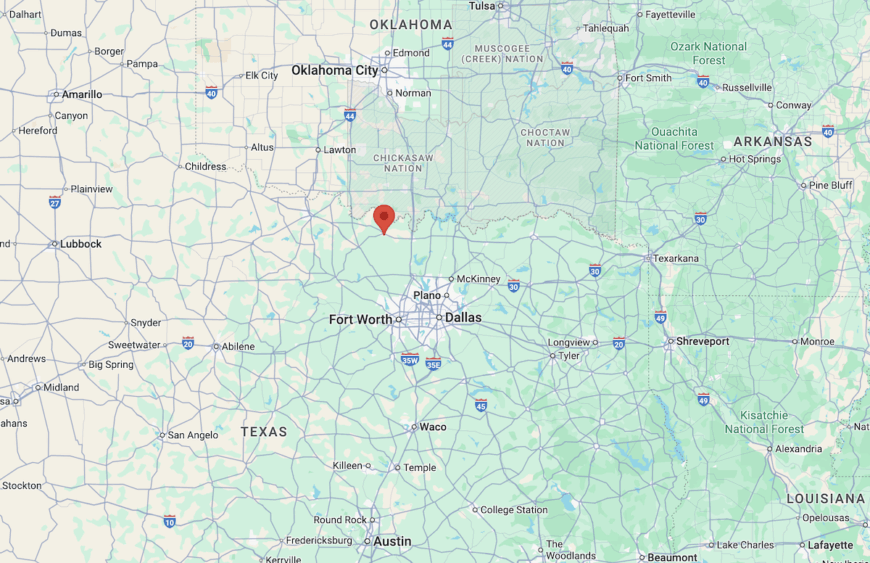
Saint Jo perches in Montague County, roughly 100 miles northwest of Fort Worth, just off U.S. Highway 82. A turn onto State Highway 103 threads you between hay fields and ranch gates.
Services cluster around the courthouse square; beyond that, keep your wits and supplies close—cell signal wanes, and the wild heart of Texas waits.
23. Sunset: Golden Horizon Hamlet
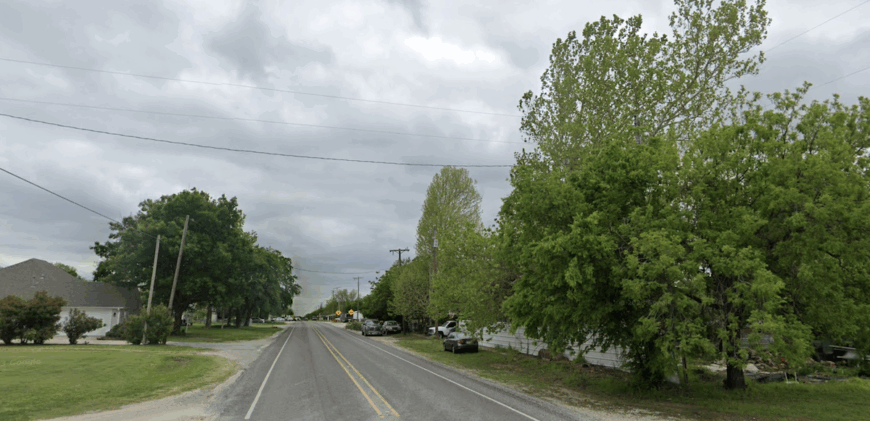
Sunset unfolds just beyond the horizon meadow, population under 150, where a solitary general store stands sentinel amid rolling pastures. The air tastes of warm earth and wildflowers, and hummingbird wings blur as they dart to feeders outside spare porches. In spring, bluebonnets drape fence lines like royal banners; by summer, cicadas hum in the heat-laden breeze.
You’ll find the community hall hosting potlucks under lanterns that flicker as dusk deepens. Abandoned wood-frame homes whisper homesteader stories, their empty windows framing golden skies that seem close enough to brush. Every rustle of mesquite and creak of gate hinges reminds you that stillness can be electric.
Sunset makes no promises of modern convenience—no broadband cafes, no weekend festivals—only the invitation to slow down and listen to wind over mesquite, hoofbeats on gravel, and your own heartbeat syncing with this land.
Where is Sunset?
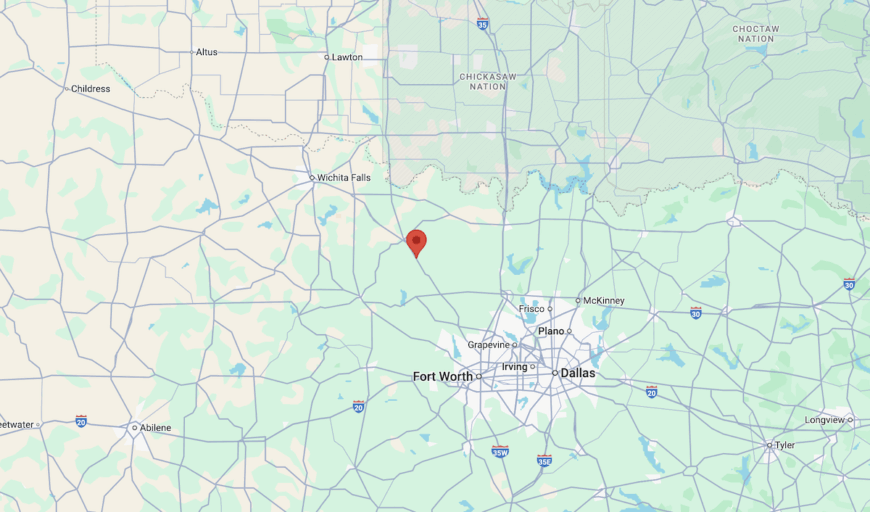
Sunset sits in eastern Wichita County, about 175 miles northwest of Abilene. You’ll trace Farm-to-Market roads that arc around cattle ranches before cresting a low bluff.
Only one fork leads you onward into grazing lands; take either, and you leave all hurry behind.
22. Chico: Sleeping Giant’s Edge
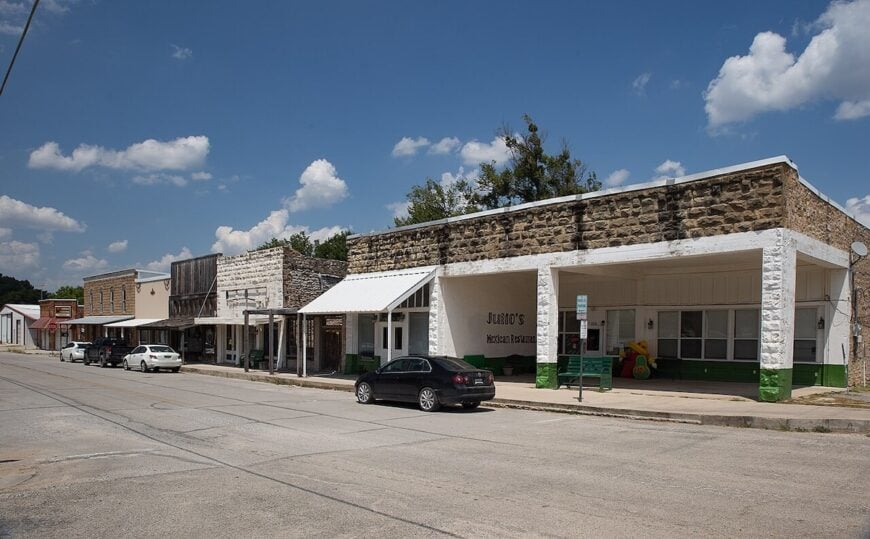
Chico greets you beneath a cathedral of sky, population around 1,500, where brick storefronts cluster on Main Street before dissolving into mile upon mile of ranchland. An old hardware store shares sidewalk space with a café dishing out homemade pie; beyond that, juniper-lined trails climb bluffs that reveal Lake Bridgeport’s glassy expanse.
Sunrise in Chico arrives with meadowlark songs and the scent of mesquite smoke. You’ll sip coffee on screened-in porches while cottonwoods whisper overhead, then wander trails where shadows creep across grassy knolls. By dusk, the land yawns in lavender light, and distant windmills creak into the twilight.
Hospitality here is as genuine as the open sky: neighbors wave from behind wrought-iron gates, and visitors are offered slices of berry pie and folding-chair seats on front lawns. In Chico, you find community in solitude, and solitude in community.
Where is Chico?
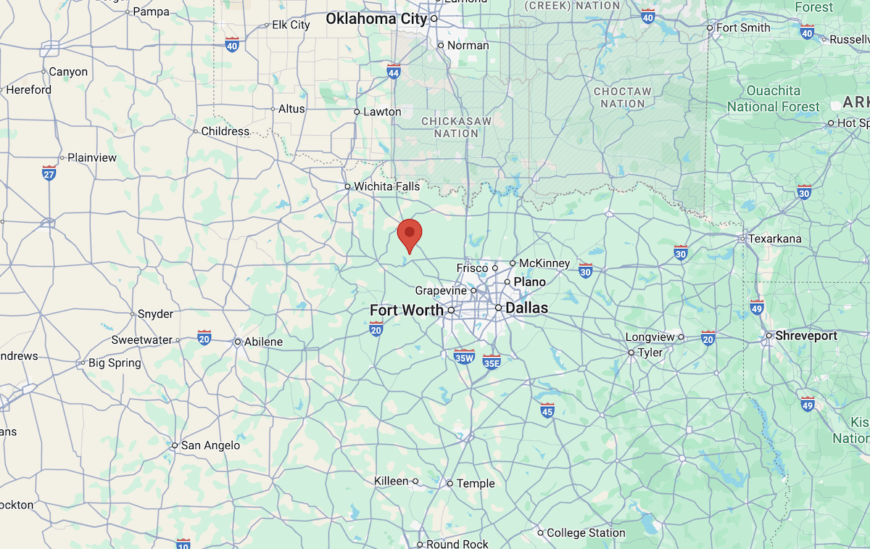
Chico lies in southeastern Wise County, roughly 20 miles northeast of Weatherford via State Highway 114. The drive eases you past pasture gates and lone windmills.
Cell bars vanish as you leave town limits—download offline maps and follow the juniper-scented breeze to this unlocked door in the prairie.
21. Aurora: Dawn’s Quiet Chapter

Aurora awakens just before you do, its 430 residents stirring under pastel skies streaked with dawn. Main Street slumbers, shutters drawn, interrupted only by birdsong. A blinking stoplight marks the crossroads; beyond it, abandoned rail sidings whisper of a busier era.
Mid-morning, the general store opens with fresh coffee and dusty shelves. Ranchers swap news over steaming cups before heading to fields that stretch toward scrubland. Oak trees cast lace-like shadows on cracked sidewalks, and you’ll linger on a picnic bench as dust motes dance in shafts of sunlight.
Aurora breathes in unhurried chapters: the day unfolds in soft exhalations, inviting you to slow your own pace. When the sun slides west, long shadows curl along empty lots, and the only traffic is a passing rider or roaming deer.
Where is Aurora?

Aurora sits in Wise County, about 25 miles north of Weatherford on Farm-to-Market Road 2951. Follow cattle trough markers and open pastures until gravel roads lead you into town. Beyond the edge, scrubland and forgotten quarries beckon on back-road adventures.
20. Bellevue: Hidden Hillside Oasis
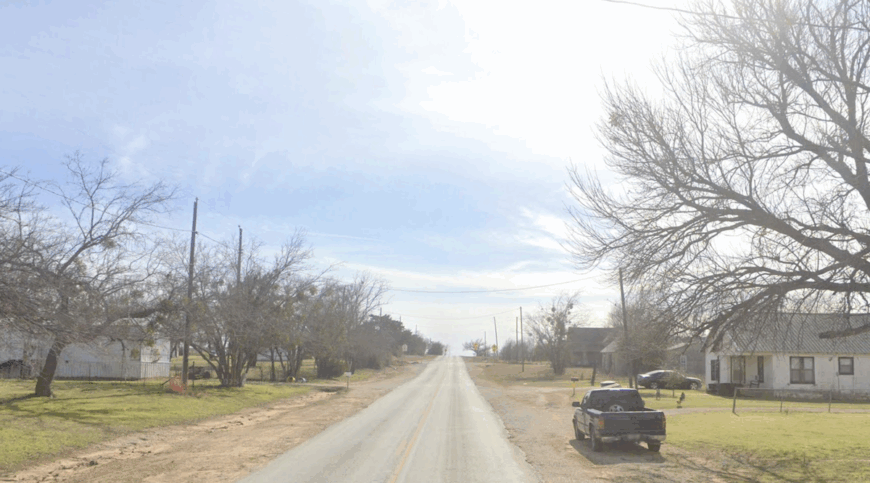
Bellevue perches among rolling Cooke County hills, fewer than 300 residents nestled in a watercolor of shaded valleys and limestone springs. A community hall and a time-worn church anchor the hamlet, while gravel lanes meander past hobby farms, beehives, and orchard plots bursting with spring blossoms.
In bloom, dogwoods and redbuds punctuate the landscape, and dogwoods’ ghostly white petals flutter onto country lanes. You’ll spot raw honey stands beside driveways and buy eggs still warm from cedar-shaded coops. Each exchange feels intimate, a whispered promise of simpler rhythms.
Nightfall in Bellevue is a velvet hush, constellations broadcast overhead without urban glow to murmur them. Fireflies dot the grass like living Morse code, urging you to savor each flicker.
Where is Bellevue?
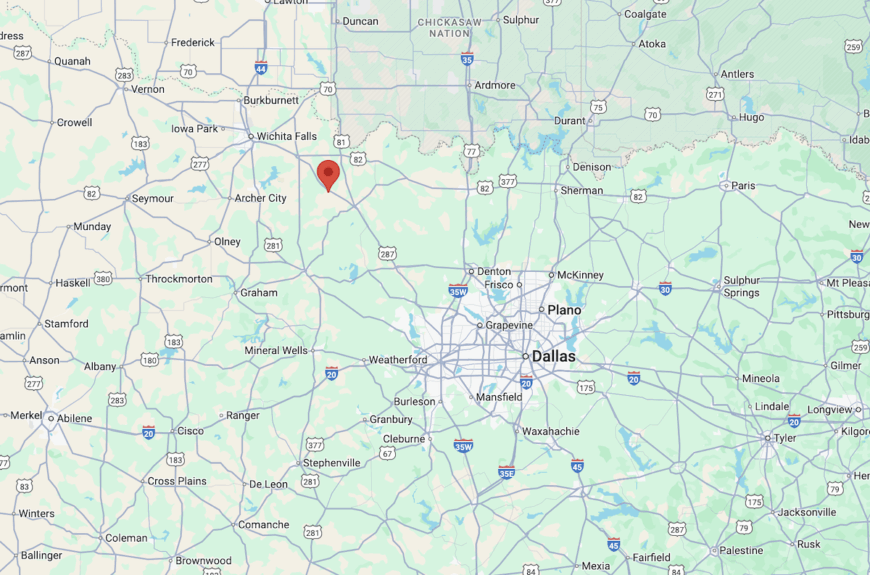
Bellevue lies in northern Cooke County, about 15 miles southwest of Gainesville via Farm-to-Market Road 1201.
The route crosses creek fords and farmland—bring sturdy shoes. Cell reception wanes; navigate by cotton-gin landmarks and let the hills guide you home.
19. Lindsay: Heirloom Garden Hideaway
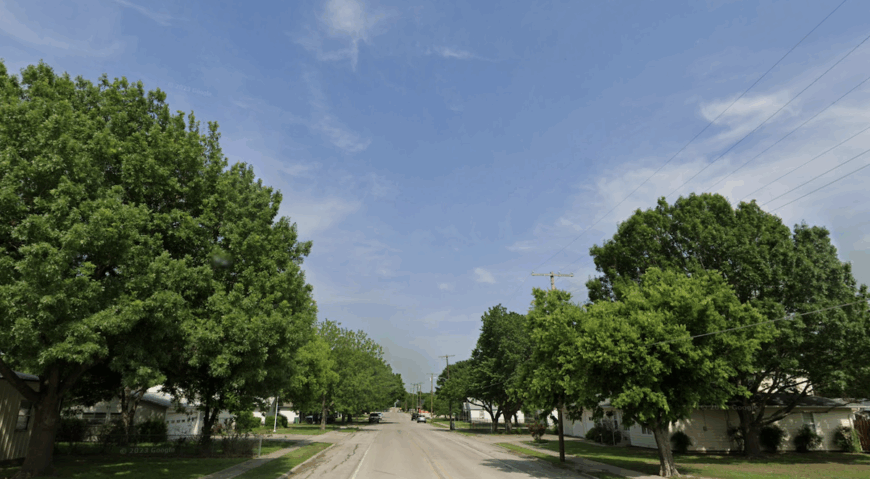
Lindsay feels like a secret garden, its sandstone facades framing a main street alive with heirloom roses and climbing jasmine. Under 1,000 people cultivate community gardens behind town hall, trading tomato starts and wildflower seeds amid Victorian-era porches.
Birdsong and busy bees hum in the warm air as you wander past hedges trimmed into artful shapes. Beyond the core, open fields ripple with tall grasses; red-tailed hawks wheel overhead, scouting the quilt of pine and pasture.
By lantern-light, porches glow and laughter drifts across front lawns. You sense Lindsay’s charm lies not in grand events but in cultivated quiet, where tending soil and stories feels equally sacred.
Where is Lindsay?
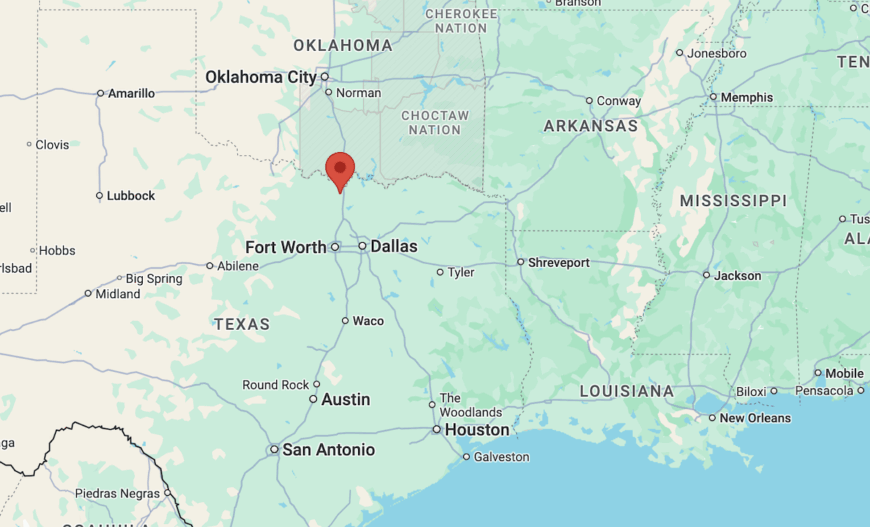
Lindsay sits in Cooke County, about 10 miles southwest of Gainesville via State Highway 82 and Farm-to-Market Road 1201.
Follow signs past cattle gates until the brick schoolhouse and sandstone storefronts emerge. Reception is spotty—let landmarks light your way.
18. Valley View: Cliffside Serenity Cove

Valley View is carved into limestone bluffs above the Brazos River, under 800 residents sheltered by canyon walls and oak groves. A single café overlooks the water, its porch a perch for sunrise coffee and quiet reflection.
At dawn, herons stalk river shallows, and you glide on an inner tube as tree-shadows drift across the current. Main Street’s hardware store and bait shop stand side by side, held together by friendly waves and fishing tales.
Night in Valley View is cocooned in starlight—the cliffs blacken into silhouettes, and the river’s soft murmur lulls you into slow breathing. Here, nature doesn’t whisper; it sings.
Where is Valley View?

Valley View lies in southern Cooke County, about 15 miles south of Gainesville on U.S. Highway 377. Turn onto County Road 1183 for a scenic canyon passage.
Cell bars drop off; navigate by the river’s curve and the oak-lined drive.
17. Jacksboro: Rugged Ranchland Refuge
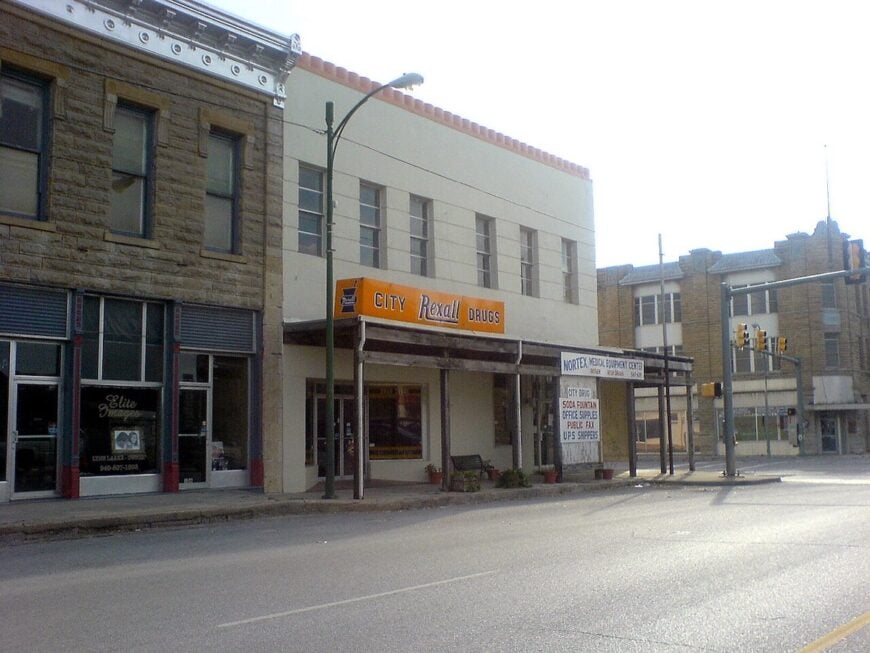
Jacksboro greets you with a brick courthouse square busy enough to feel alive yet bordered by endless ranchland. Around 4,500 people share this Jack County hub, where mule-drawn carriage rides coexist with modern pickups.
Beyond town limits, windmills creak over grassy plains, and Fort Richardson State Park’s buffalo herd roams. You’ll follow interpretive trails through prairie grasses, tracing history beneath open sky.
Evenings bring lawn concerts and observatory star shows—civilization and wilderness dancing in harmony. Jacksboro offers both comfort and open-range freedom, where dawn might find you saddled up or stocking up on groceries.
Where is Jacksboro?
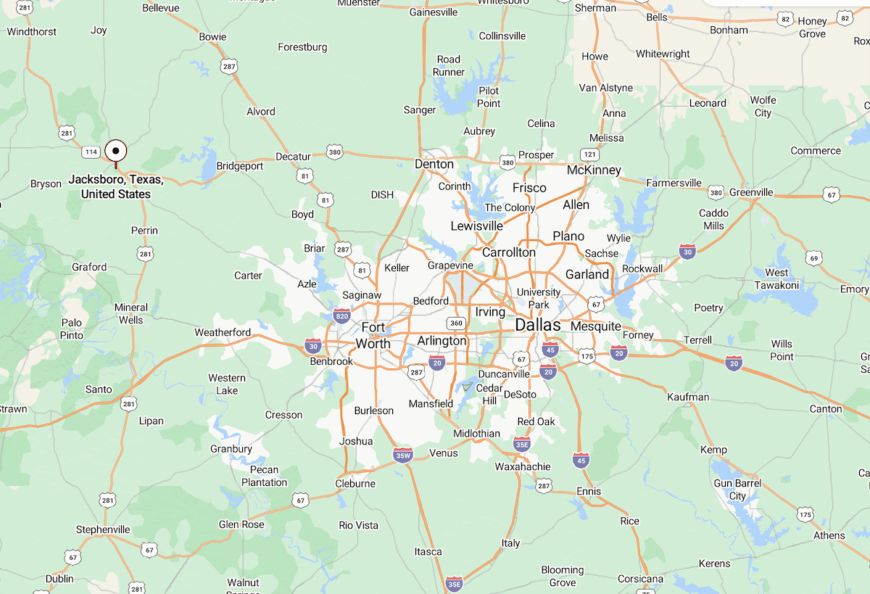
Jacksboro sits at the junction of U.S. Highway 281 and State Highway 114, about 60 miles northwest of Fort Worth.
Gravel forks lead deeper into back-country—choose your own adventure and let the prairie unfold.
16. Bowie: Timeless Trail Outpost
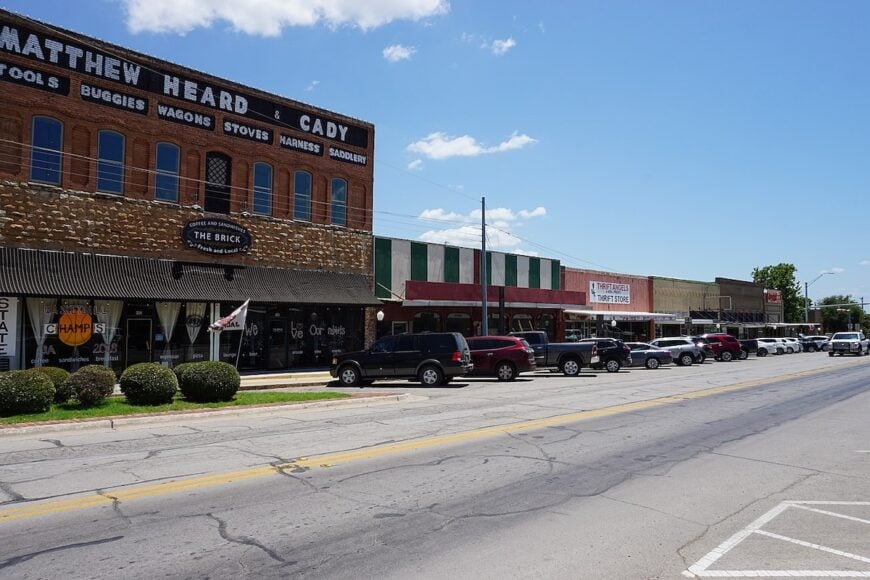
Bowie was born at the rail’s edge, and its four National Register districts still hum with that legacy. About 5,000 residents share shaded streets lined with historic homes; you’ll find a museum in a restored depot and farmers’ market Saturdays brimming with honey and hand-woven crafts.
Venturing beyond town, mesquite and prickly pear cloak ranchlands, and you’ll stumble onto trails carving through wooded gullies toward panoramic plains. By dusk, cicadas fade into the hush, and the train’s distant whistle becomes the evening lullaby.
Bowie feels rooted in history yet unbound by time—its blend of prairie and heritage invites you to listen as much as look.
Where is Bowie?
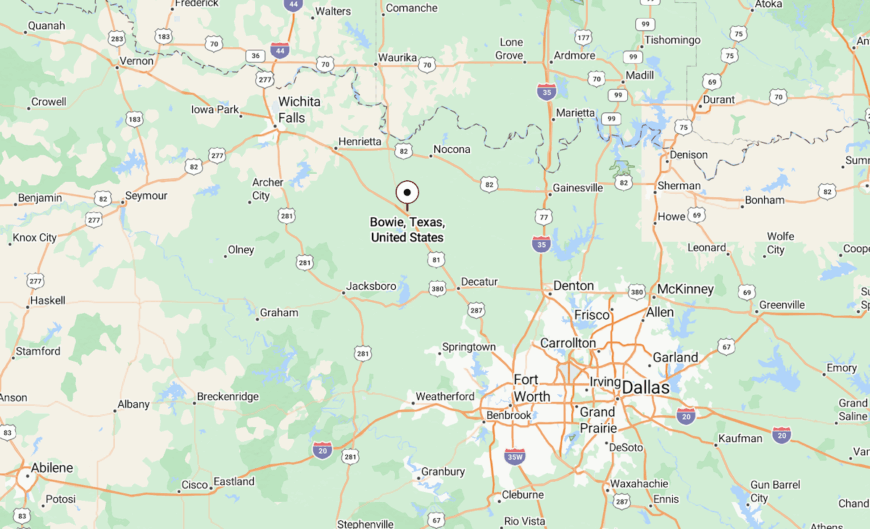
Bowie sits in Montague County, about 90 miles northwest of Fort Worth off U.S. Highway 281.
For scenery, take Ranch Road 1653 past bluffs and seasonal creeks. Cell bars thin; steer by the old grain elevator looming skyward.
15. Muenster: Bavarian Mist Retreat
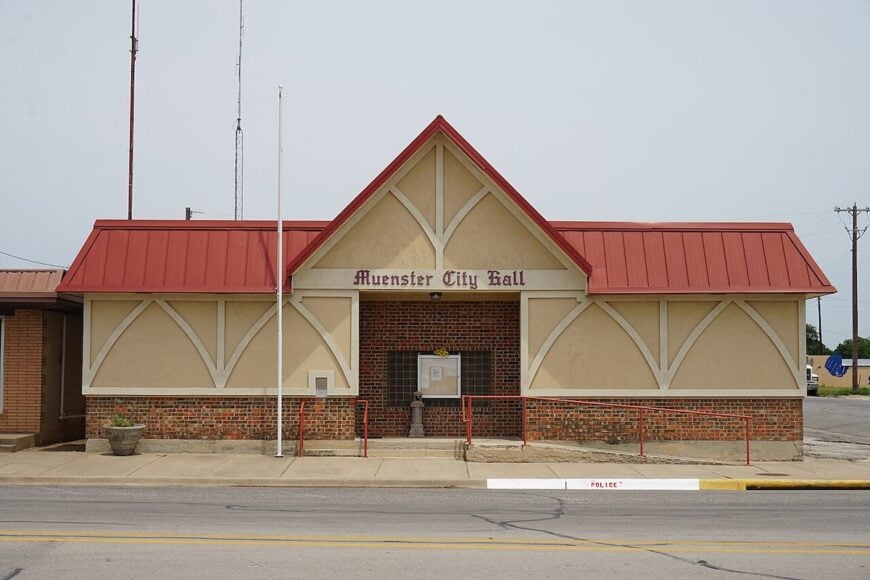
Muenster greets you with pastel facades and painted murals of lederhosen cows—its German-Texan heart beating at a gentle waltz. Around 1,600 residents gather at the town plaza for kuchen and Oktoberfest, yet solitude lies just beyond, where cedars shade hidden ponds.
Festivals may lure crowds, but on any weekday, you’ll stroll quiet lanes to sample strudel from a bakery open since the 1890s. Rustic cabins nestled among cedars beckon weekend retreats, and trout whisper beneath the water’s surface.
When lanterns glow on cobblestone sidewalks, you’ll feel transported to a storybook village—one where cultural warmth and rural calm intertwine.
Where is Muenster?

Muenster sits in western Cooke County, about 20 miles west of Gainesville via State Highway 82.
Family farms and wildflower fields line the route; look for steepled churches and hand-painted signs marking Bavaria in Texas.
14. Rhome: Rustic Riverbend Shelter

Rhome perches on a bend of the Trinity River’s West Fork, about 2,000 residents savoring waterside life. Porches stretch toward the current, where you can cast for bass within town limits and sip sweet tea beneath cottonwood shadows.
Downtown’s feed store and lone lunch counter stand beneath an old grain silo—no frills, just honest refuge. Gravel roads lead you to hidden camping spots under towering banks, where fireflies emerge at dusk and owls call the night.
Between livestock auctions at dawn and fish fries at dusk, Rhome offers a simplicity you’ll learn to cherish—a rural sanctuary shaped by water and wind.
Where is Rhome?
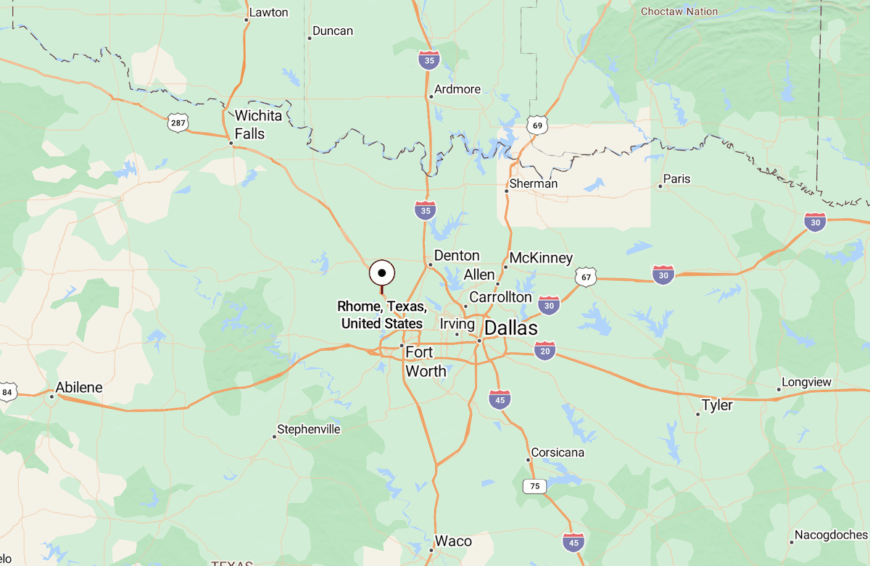
Rhome lies in eastern Wise County, about 15 miles southeast of Decatur on U.S. Highway 287. Turn onto County Road 455 for a river-hugging approach. Cell bars vanish; follow the bend and let the current guide you home.
13. Gordon: Whisper Between Pines
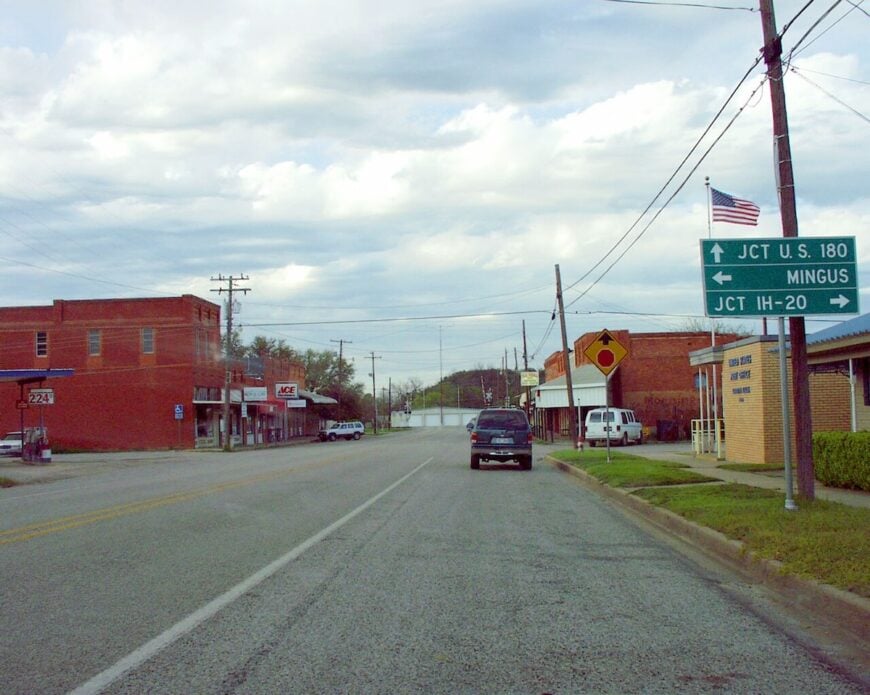
Gordon breathes under a cedared canopy, its 60 residents hidden behind screens of loblolly pines. Gravel crossroads mark the way—no cafés, no shops, only scattered homesteads and the hush of needles overhead.
Red-clay springs bubble from creek banks, and deer trails crisscross the pasture openings, inviting you to wander off-map. You fill your water bottle at a rusted pump and feel the land’s pulse in every drop.
Time here unfolds by sun arc and pine susurration. In Gordon, solitude is a tapestry woven from tree-shadows and birdsong—each moment an invitation to listen deeply.
Where is Gordon?
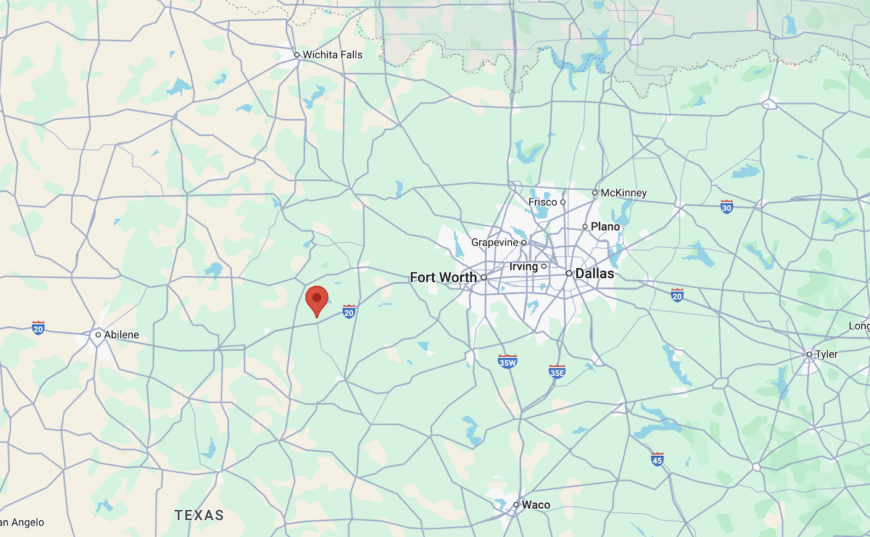
Gordon lies in Palo Pinto County, roughly 20 miles west of Mineral Wells on Farm-to-Market Road 1885.
The last five miles are unpaved; ease through and let the pines whisper directions.
12. Santo: Stillness on the Creek
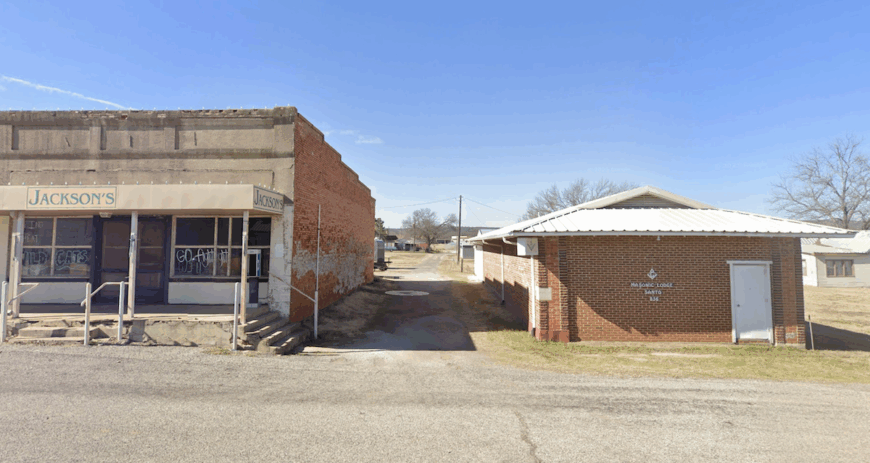
Santo clings to Rosser Creek’s edge, fewer than 130 residents amid rolling ranches. A single general store stands sentinel as elm and oak shade gravel homes. Summer floods gild lowlands with wild rye; winter frost etches banks in silver filigree.
You’ll fish sunfish from hidden banks or drift downstream in a borrowed canoe, letting the creek’s soft voice guide you. Each passing truck elicits a wave; you learn to savor silence between passing horns.
At dusk, fireflies rise from creekside grasses, turning the landscape into a living constellation—Santo’s true magic alive in that ephemeral glow.
Where is Santo?

Santo perches in Palo Pinto County, about 25 miles southwest of Weatherford via U.S. Highway 180 and County Road 103.
The creek-hugging stretch is narrow; drive slowly. Crossing the bridge, you leave signal behind and enter unbroken calm.
11. Strawn: Forgotten Coal-Blackened Ridge
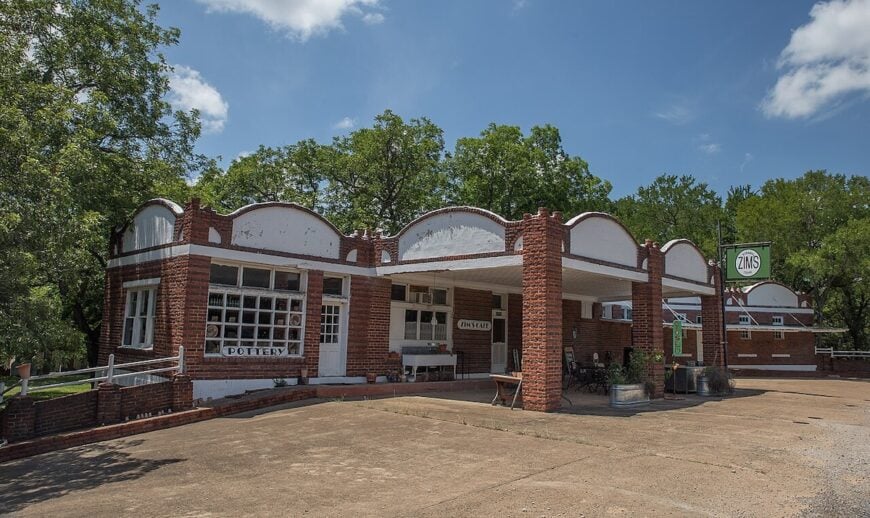
Strawn’s weathered brick storefronts and rusting tipples whisper of a coal-mining legacy. About 500 residents watch freight trains slice the air with rhythmic clatter, echoes of black gold’s heyday.
Muraled walls depict miners’ lives, vibrant against sun-bleached brick, while Lake Sweetwater—just outside town—lies rimmed by mesquite and red-dirt bluffs. Kayaking at dawn reveals mirrored skies and the hush of water meeting shoreline.
Here, history and nature converge: you sense past labors underfoot even as the reservoir’s tranquility envelopes you. Strawn is paradox—coal’s dark memory softened by open water’s calm.
Where is Strawn?

Strawn sits in Palo Pinto County, about 45 miles west of Weatherford on U.S. Highway 180.
Turn onto County Road 2210 for the lakeshore approach; listen for track signals fading into water’s hush.
10. Peace and Privacy in Palo Pinto
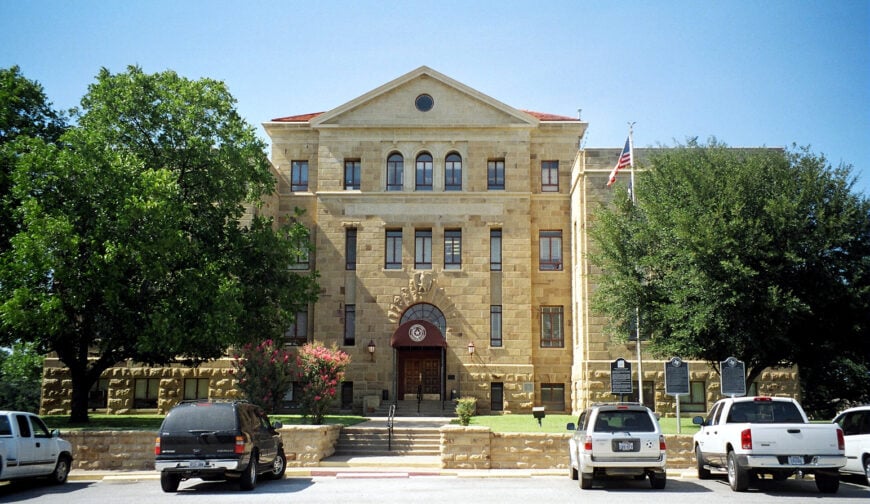
Palo Pinto, with a population of around 300 people, is a haven for those seeking solitude amidst nature. Nestled in the rolling hills of Northern Texas, this small town offers outdoor activities like hiking, fishing, and exploring the beautiful Palo Pinto Mountains State Park.
The main industries here revolve around agriculture and ranching, which contribute to its rustic charm. What makes Palo Pinto truly secluded is its expansive undeveloped lands and large lot sizes, ensuring residents have plenty of space between neighbors.
I love how the town’s serene environment provides a peaceful escape far from the noise of city life.
Where is Palo Pinto?
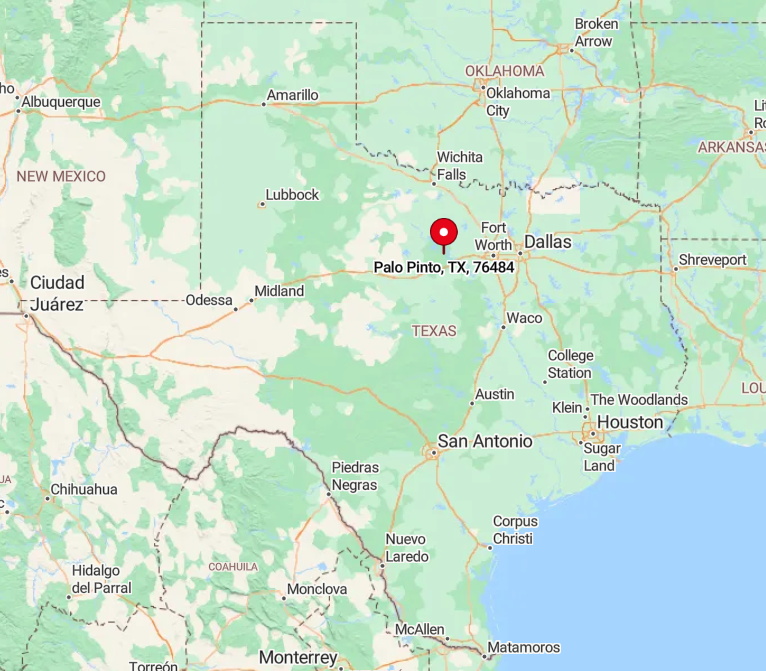
Located about 80 miles west of Fort Worth, Palo Pinto is tucked away in Palo Pinto County. Its seclusion is amplified by the surrounding natural landscapes and minimal traffic, making it feel like a world apart.
The town can be accessed via Highway 180, but the journey itself feels like a step back in time, winding through scenic routes and open spaces. For me, the remote location is part of the allure, offering a true retreat where peace and privacy reign supreme.
9. The Hidden Gem of Whitt
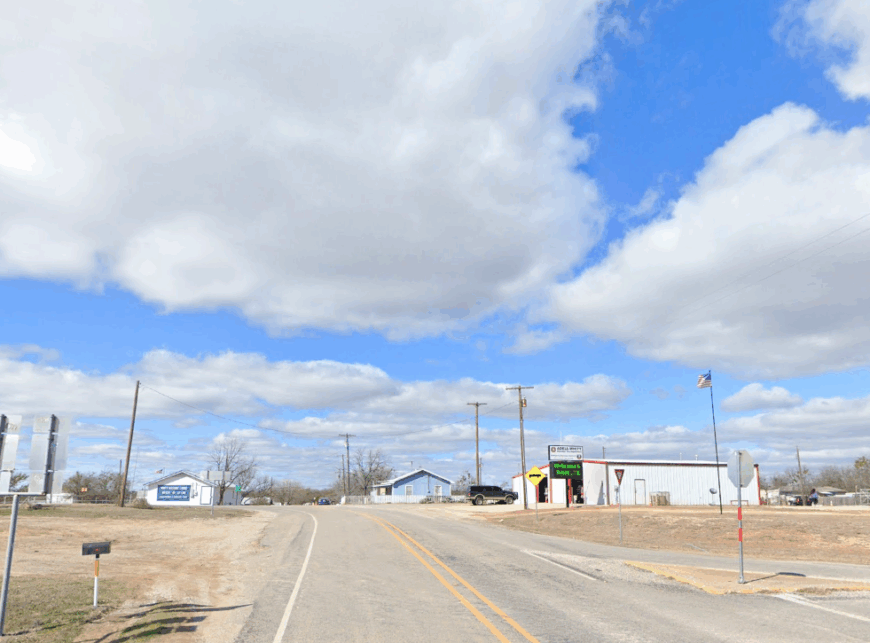
Whitt is a small unincorporated community with a population hovering around 50 residents. This hidden gem is characterized by its vast rural landscapes and open spaces that stretch as far as the eye can see.
Agriculture and ranching are the mainstays of Whitt’s economy, contributing to its quiet, country atmosphere. The town’s distance from urban centers and lack of commercial development make it an ideal spot for those craving privacy. I find that Whitt’s isolation offers a unique sense of tranquility that’s hard to find elsewhere.
Where is Whitt?
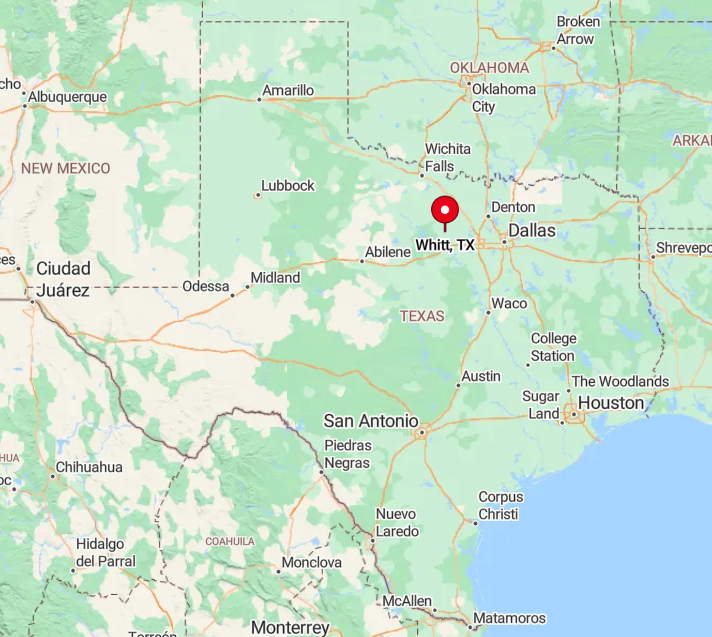
Whitt is situated in Parker County, approximately 50 miles northwest of Fort Worth. Its seclusion is enhanced by the surrounding natural landscapes and minimal traffic, making it feel like a secluded oasis.
The town can be reached via Farm to Market Road 920, and the drive itself is a scenic journey through rolling hills and farmland. Getting there involves a peaceful drive, which to me only enhances its appeal.
The town’s remoteness ensures that life moves at a slower pace, providing a peaceful environment for residents and visitors alike.
8. Millsap’s Rural Seclusion
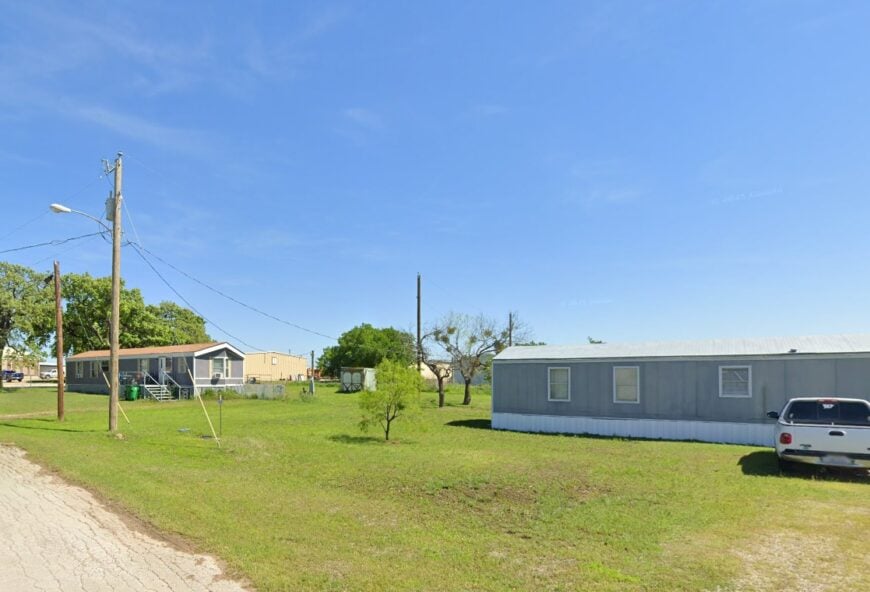
With a population of about 400 people, Millsap offers a quaint, small-town feel surrounded by Northern Texas’s natural beauty. The town provides opportunities for horseback riding, fishing in the Brazos River, and exploring local parks.
Agriculture remains a key industry, keeping Millsap’s community grounded in rural traditions. The spacious properties and minimal development contribute to its tranquil retreat from urban life. Whenever I’m in Millsap, I appreciate the peaceful atmosphere that comes from being enveloped by nature.
Where is Millsap?
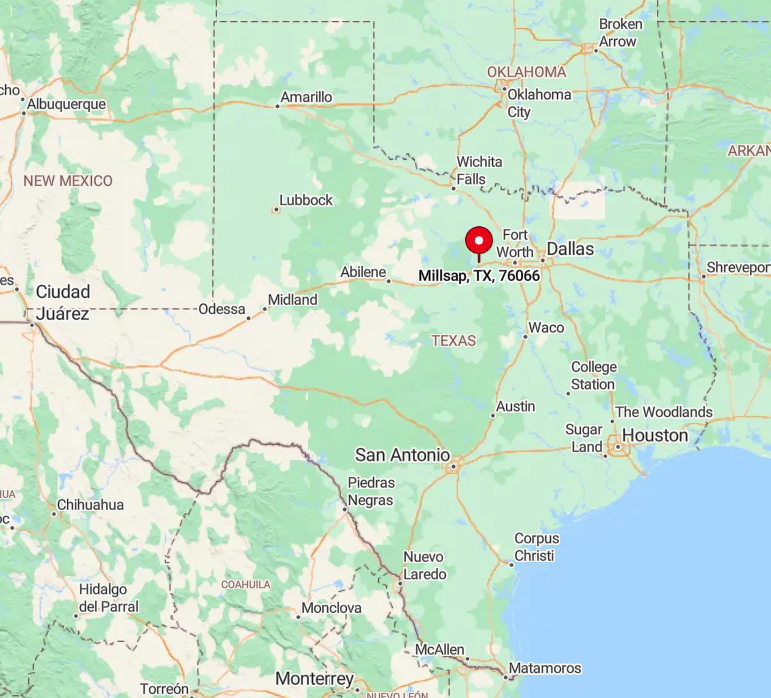
Millsap is located in Parker County, roughly 40 miles west of Fort Worth along U.S. Route 180. Its position away from major cities and highways enhances its seclusion. Accessing Millsap involves peaceful drives through countryside vistas, which I find both relaxing and refreshing.
The town’s setting along the Brazos River adds to its charm, making it a perfect spot for those looking to escape the fast pace of modern life.
7. Unwind in the Serenity of Cool
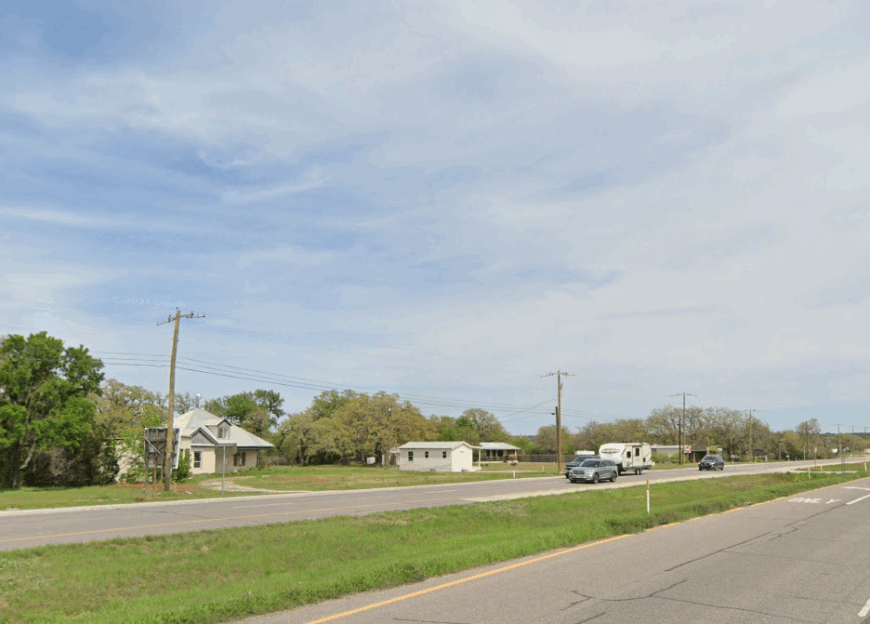
Cool is a tiny town with around 160 residents, embodying the essence of rural Texas charm. Outdoor enthusiasts can enjoy hiking, bird watching, and exploring nearby Lake Mineral Wells State Park.
The town doesn’t have significant industrial activity, contributing to its quiet, laid-back vibe. Cool’s low housing density and peaceful environment make it ideal for anyone seeking solitude. Personally, I find the simplicity and tranquility of Cool to be its most endearing qualities.
Where is Cool?
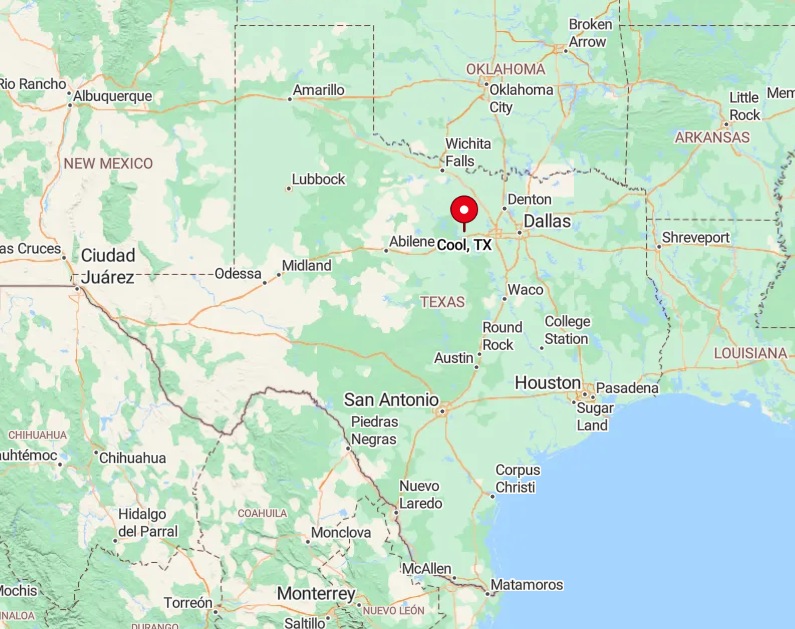
Nestled in Parker County, Cool is about 45 miles west of Fort Worth along U.S. Route 180. Its small size and limited commercial development keep it off the radar for many, enhancing its secluded feel.
Reaching Cool involves driving through picturesque rural landscapes, which to me is part of the appeal. The town’s serenity makes it a wonderful destination for unwinding and reconnecting with nature.
6. Charming Dennis Surrounded by Nature
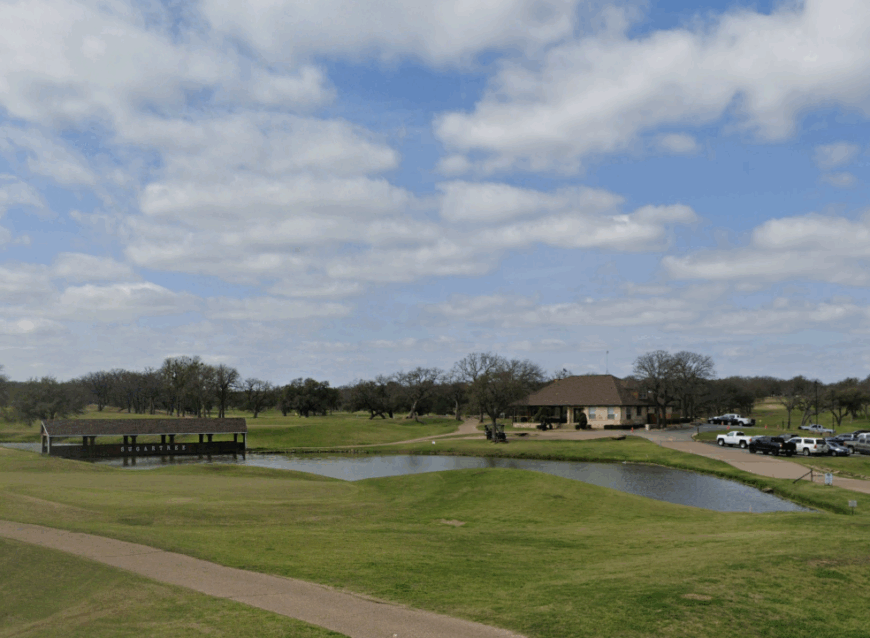
Dennis is an unincorporated community with a population of approximately 90 people. Surrounded by natural barriers like the Brazos River and rolling hills, it’s a paradise for nature lovers.
Residents enjoy activities like canoeing, fishing, and hiking. The area doesn’t focus on industrial growth, preserving its peaceful atmosphere. I admire how Dennis offers large lot sizes and a quiet environment, providing a secluded living experience away from commercial zones.
Where is Dennis?
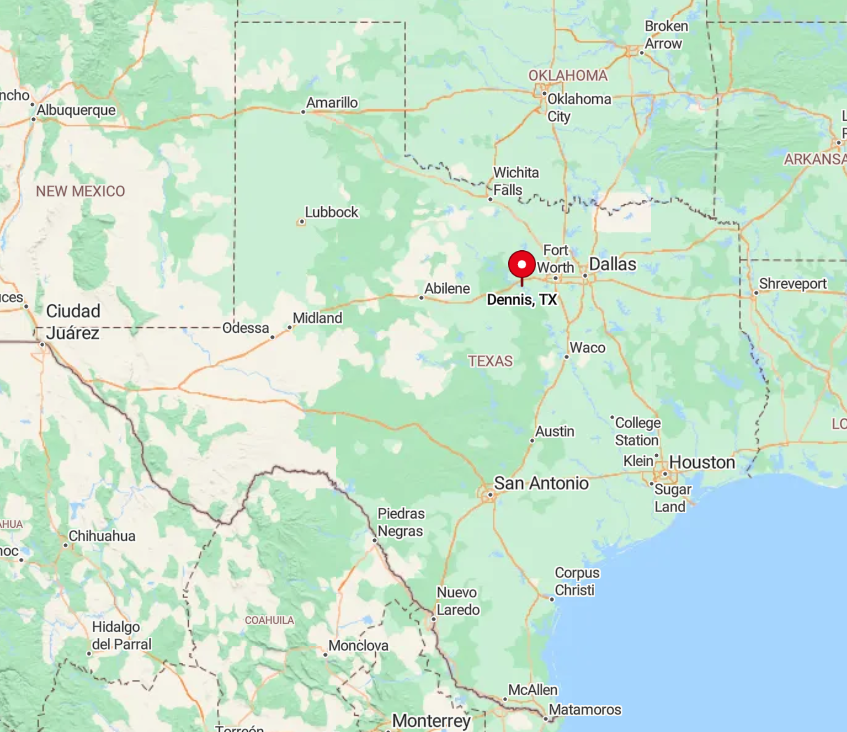
Located in Parker County, Dennis sits about 50 miles southwest of Fort Worth, accessible via Farm to Market Road 1189. Its setting along the Brazos River and distance from major highways contribute to its sense of isolation.
Getting to Dennis involves traversing scenic roads that highlight the area’s natural beauty. For me, the combination of its charming community and surrounding nature makes Dennis a delightful escape from the everyday hustle.
5. The Quiet Life in Lipan
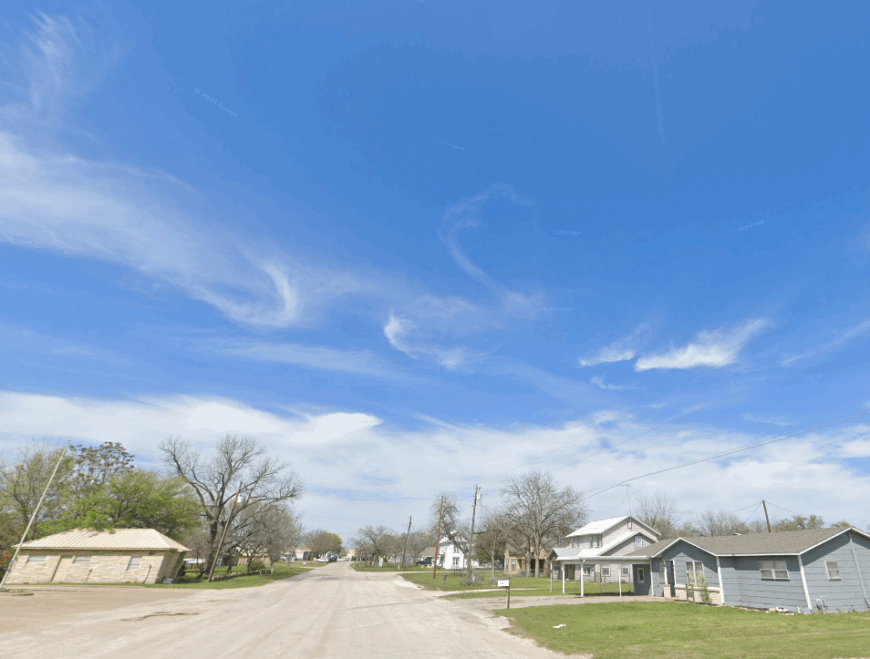
Lipan, home to around 450 residents, offers a welcoming small-town atmosphere amidst vast acreages. Activities include local rodeos, community events, and exploring nearby parks such as Lake Granbury.
The town’s economy is rooted in agriculture and ranching, keeping it closely tied to the land. Lipan’s expansive properties and low population density make it a serene rural haven. I appreciate how the town’s distance from city bustle allows for a peaceful, unhurried lifestyle.
Where is Lipan?
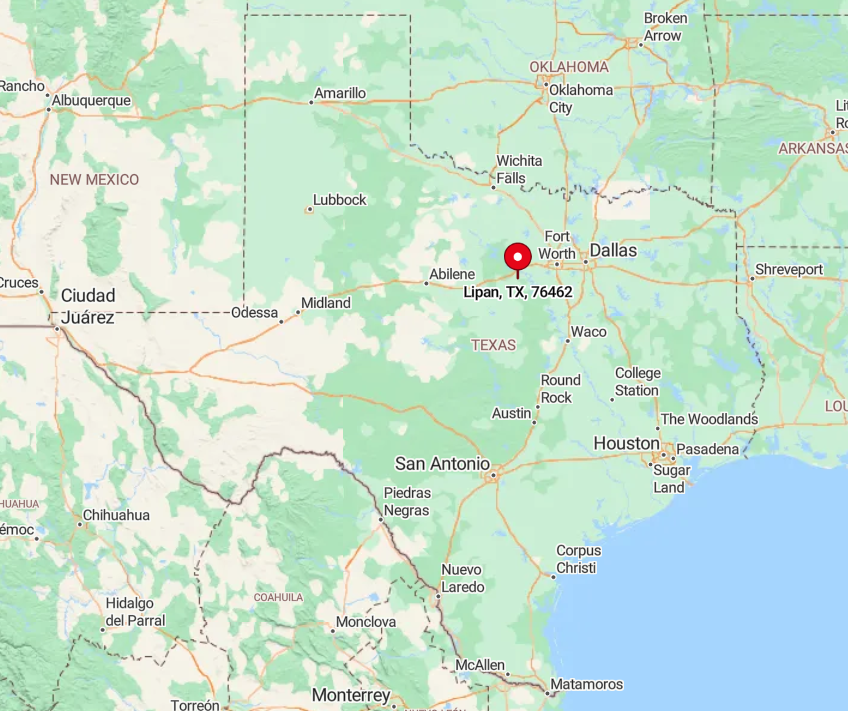
Lipan is situated in Hood County, approximately 55 miles west of Fort Worth along Texas State Highway 4. Its seclusion stems from its rural setting and separation from urban centers.
The drive to Lipan takes you through rolling countryside and farmland, which I find both calming and picturesque. The town’s peaceful environment and friendly community make it an ideal spot for those looking to embrace the quiet life.
4. Caddo: Nature’s Secluded Retreat
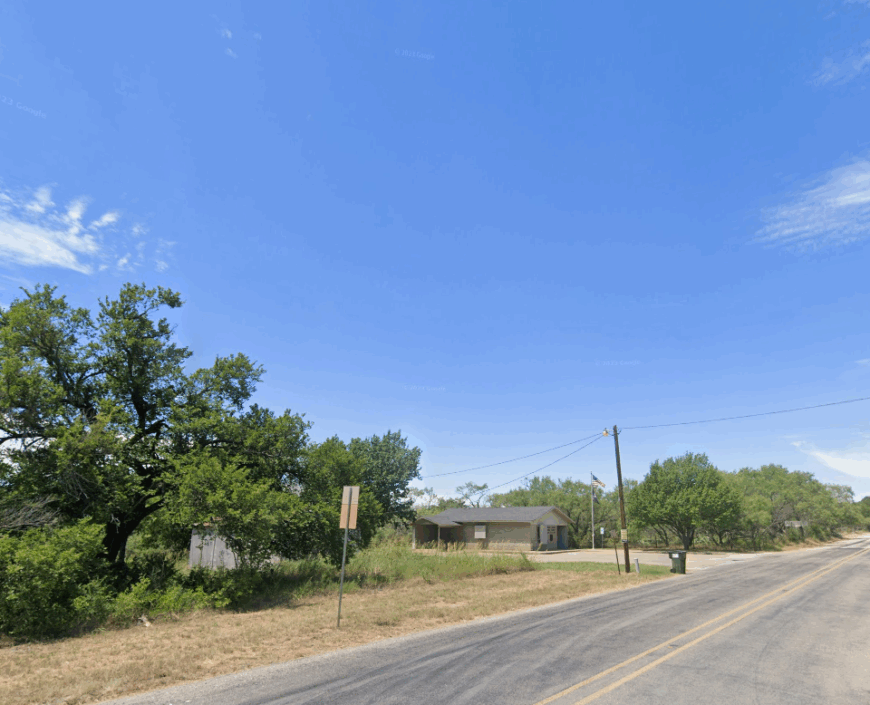
Caddo is an unincorporated community with a population of around 40 people, nestled amidst forests and rolling terrain. Outdoor activities abound, including hiking, wildlife watching, and exploring the nearby Caddo National Grasslands.
The area’s economy is minimal, with little industrial activity, enhancing its natural tranquility. What makes Caddo especially secluded is the abundance of undeveloped land and dense forests that provide a peaceful environment. For me, the untouched nature of Caddo is its most captivating feature.
Where is Caddo?
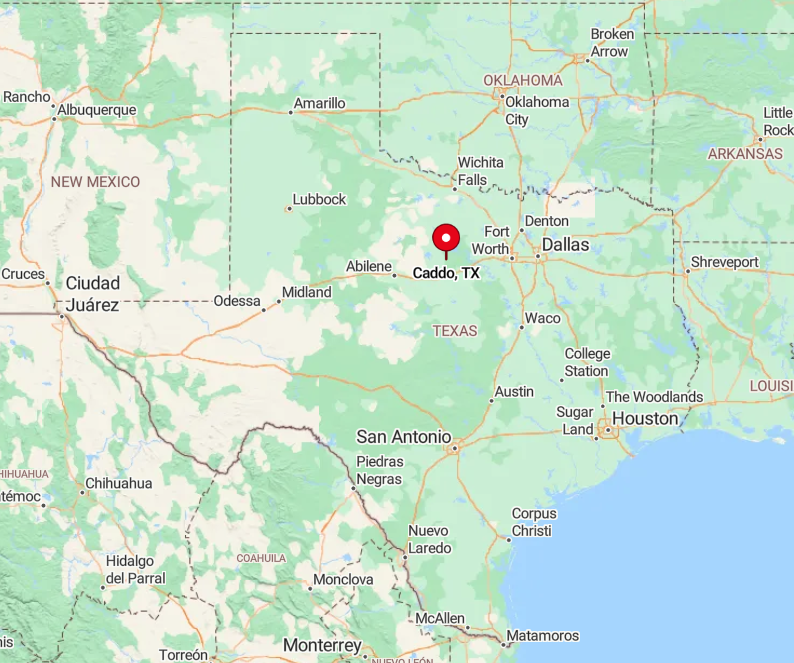
Located in Stephens County, Caddo is about 75 miles west of Fort Worth, away from major highways and towns. Its remote location contributes significantly to its sense of seclusion.
Accessing Caddo involves traveling along rural roads that wind through scenic landscapes. I believe the journey itself is part of the experience, leading you to a retreat where nature takes center stage.
3. The Hidden Haven of Perrin
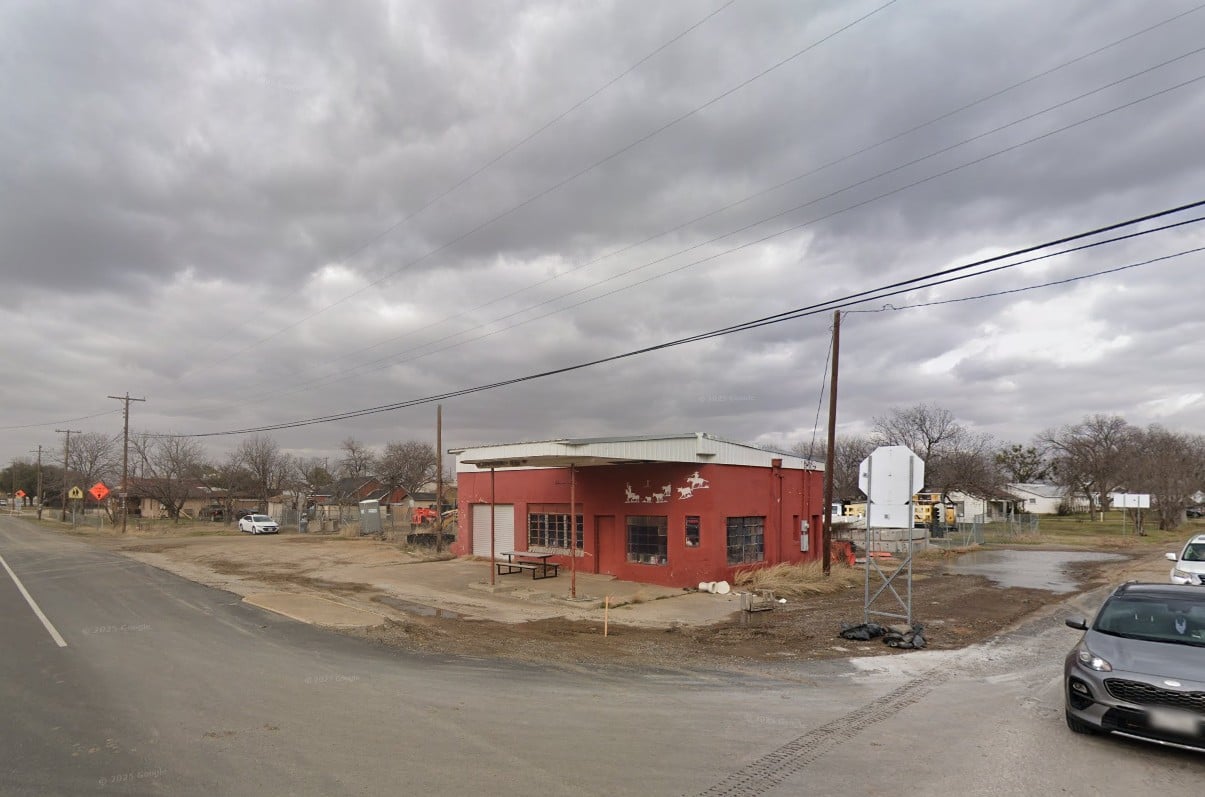
Perrin is a small community with a population of approximately 400 residents. The town is characterized by its vast ranch lands and open spaces, perfect for horseback riding and enjoying the outdoors.
Agriculture is the primary industry, keeping Perrin closely tied to its rural roots. Its isolation from urban centers and lack of commercial development make it ideal for a tranquil lifestyle. I find that Perrin’s quiet charm provides a much-needed respite from the chaos of city living.
Where is Perrin?
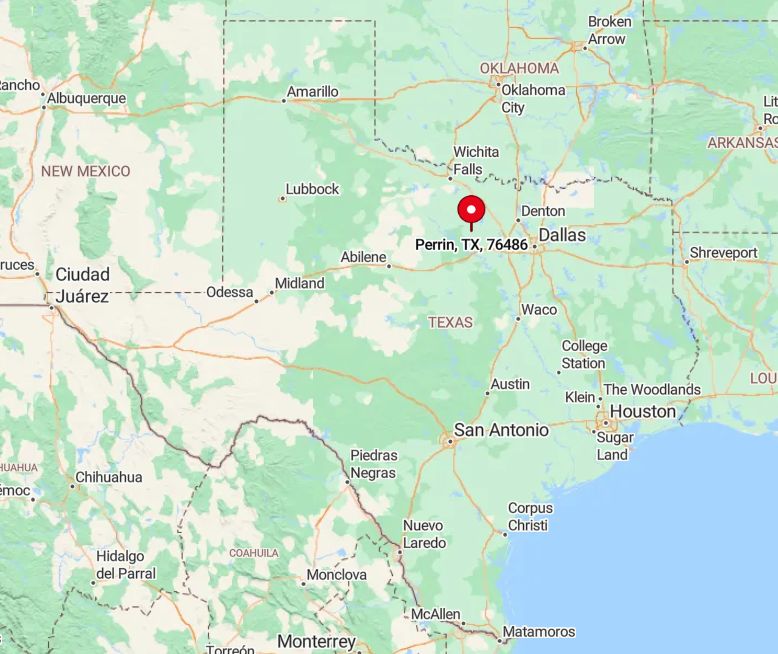
Perrin lies in Jack County, about 60 miles northwest of Fort Worth, accessible via Texas State Highway 199. The town’s remoteness is accentuated by its surrounding ranch lands and minimal traffic.
Getting to Perrin involves a peaceful drive through the countryside, which I always find refreshing. The town’s seclusion offers residents a private, serene environment away from the demands of modern life.
2. Serenity in Poolville’s Countryside
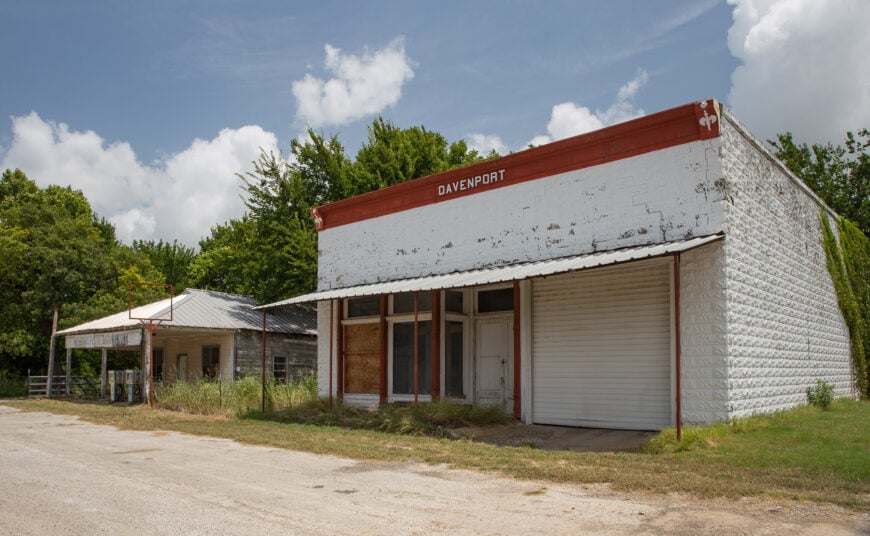
Poolville, with a population of around 200 people, is a tranquil community set amidst expansive rural landscapes. Residents enjoy outdoor activities such as horseback riding, farming, and community gatherings at the local school.
The main industries include agriculture and ranching, which maintain the town’s country lifestyle. Poolville’s minimal development and wide-open spaces offer an ideal setting for those desiring quiet and privacy. For me, the serenity of Poolville’s countryside is its most appealing attribute.
Where is Poolville?
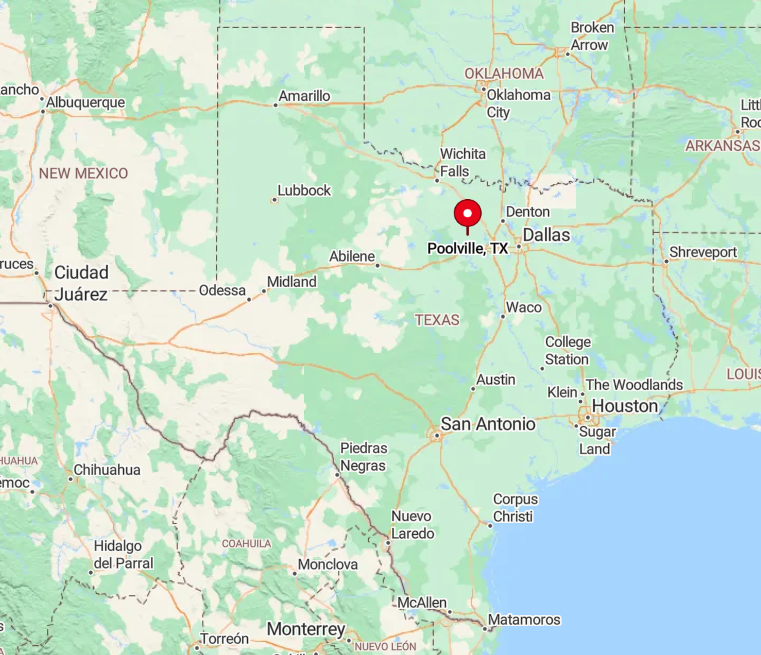
Located in Parker County, Poolville is about 40 miles northwest of Fort Worth, accessible via Farm to Market Road 920. The town’s seclusion is enhanced by its distance from major highways and urban areas.
The route to Poolville takes you through peaceful farmland and rolling hills, which I find incredibly relaxing. This isolation ensures that Poolville remains a haven for those seeking a slower pace and a close connection to nature.
1. Peaceful Peaster: A Rural Escape
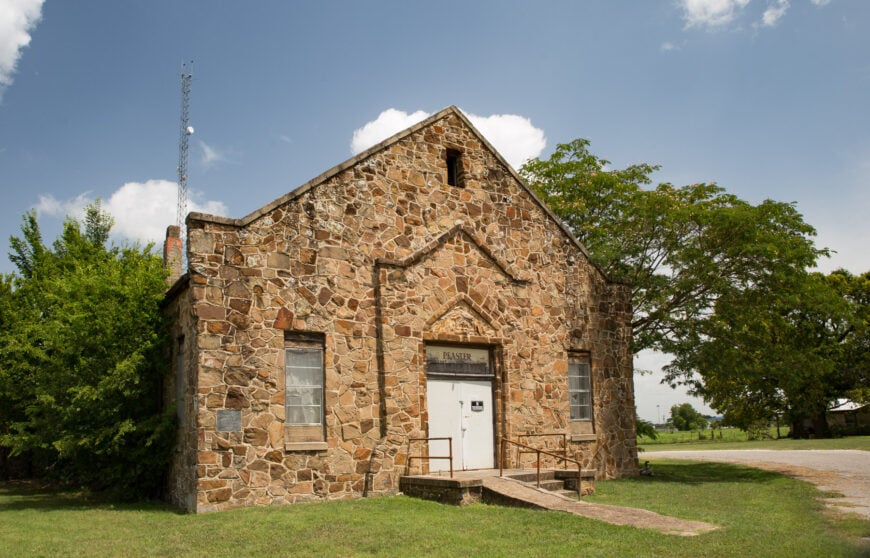
Peaster is a small community with around 100 residents, offering a true rural escape. The town features sprawling acre-plus lots and low housing density, giving residents plenty of space and privacy.
Activities in Peaster revolve around the great outdoors, including farming, ranching, and enjoying the scenic countryside. The main industries are agriculture and education, with the local school district serving as a community hub.
What I love about Peaster is how its serene natural surroundings provide a peaceful environment away from city life.
Where is Peaster?
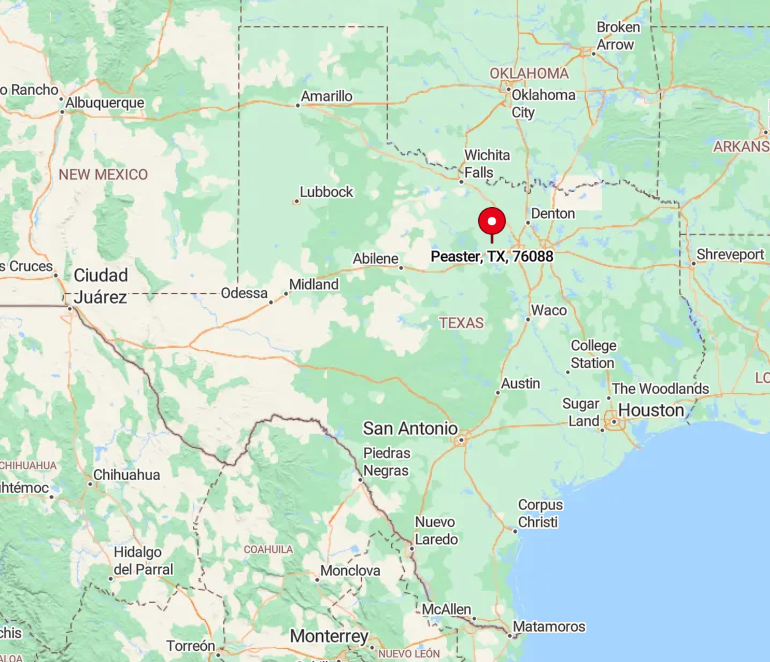
Peaster is situated in Parker County, approximately 40 miles west of Fort Worth, accessible via Farm to Market Road 920. Its secluded nature comes from its rural setting and lack of commercial development.
The journey to Peaster involves driving through picturesque landscapes that highlight Northern Texas’s natural beauty. For me, the town’s peaceful atmosphere and sense of community make it the epitome of a tranquil rural escape.





